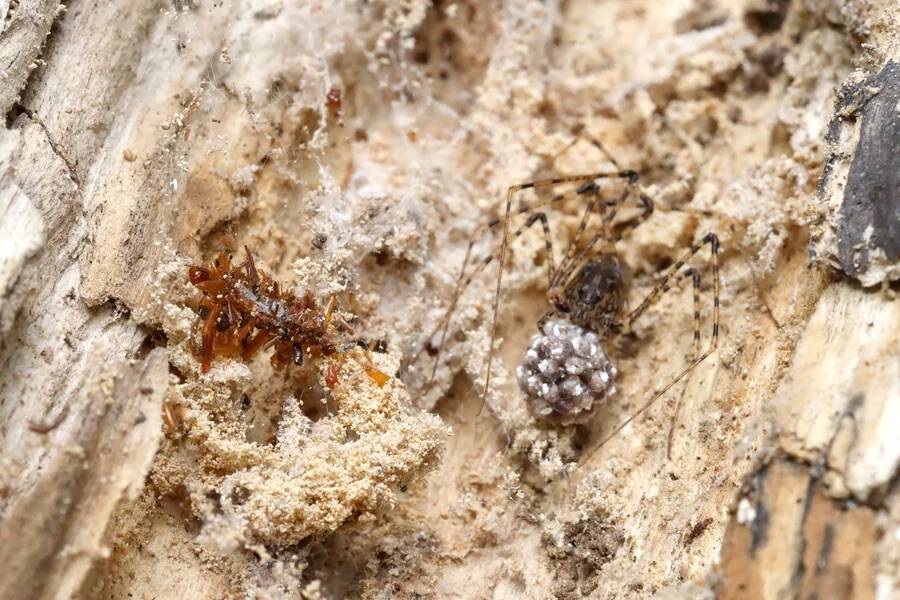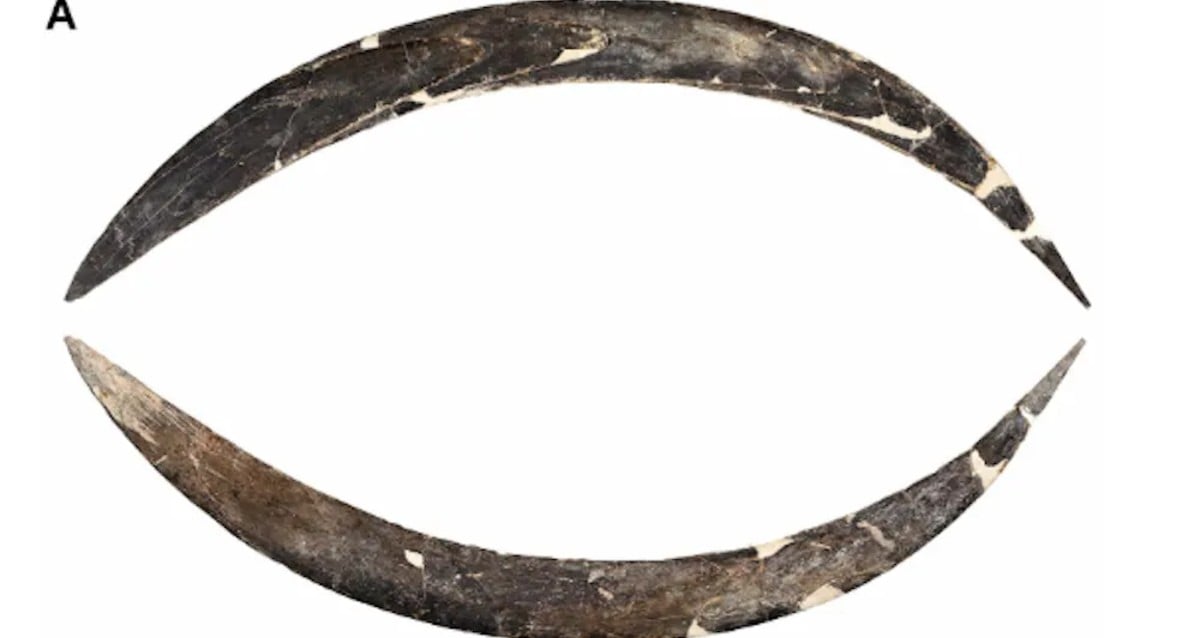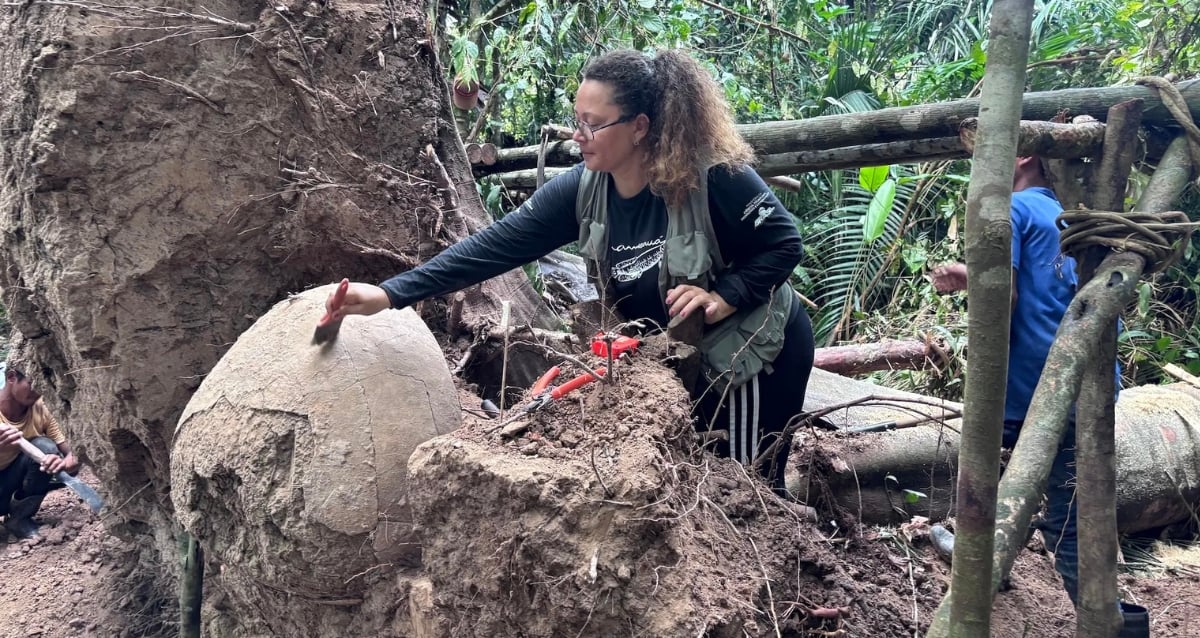Meet the Caterpillar That Turns Dead Bugs into Living Disguises—Nature’s Ultimate Master of Disguise Revealed!
He called it a “decorate or die situation,” as a normal protective layer “might not be enough to stop the spider from trying to puncture the case and eat the caterpillar.” Plus, if another bone collector were to try to inhabit the same nooks and crannies, they might wind up eating each other.
The spider web also provides another benefit for the caterpillars: food. Any leftovers from a spider’s meal — the soft tissue of a fly or the wing of a beetle, for instance — can sustain bone collectors. So, they’ll eat what they can of the dead bugs, use the remaining bits for a “shell,” and live gluttonously for a few months before sealing off that protective case and turning it into their cocoon.

Rubinoff Lab, Entomology Section, University of Hawaii at ManoaA bone collector in a spider web.
Rubinoff clarified, however, that the caterpillars aren’t considered parasites, nor do they have a symbiotic relationship with spiders. “That just gives you a sense of how they go after food — and recognize that there’s food inside things that maybe don’t look like food.”
Genetic analysis showed that the bone collector emerged around six million years ago, making it even older than the island it inhabits. This means that its genetic ancestor likely traveled to Oahu from a different island, but the bone collector is still the only known species in its lineage.
“I’m really glad we discovered it before it went extinct,” Rubinoff said.
After reading about the creepy bone collector caterpillar, discover seven other nightmarish insects. Then, learn about the giant waterbug’s incredibly painful bite.













